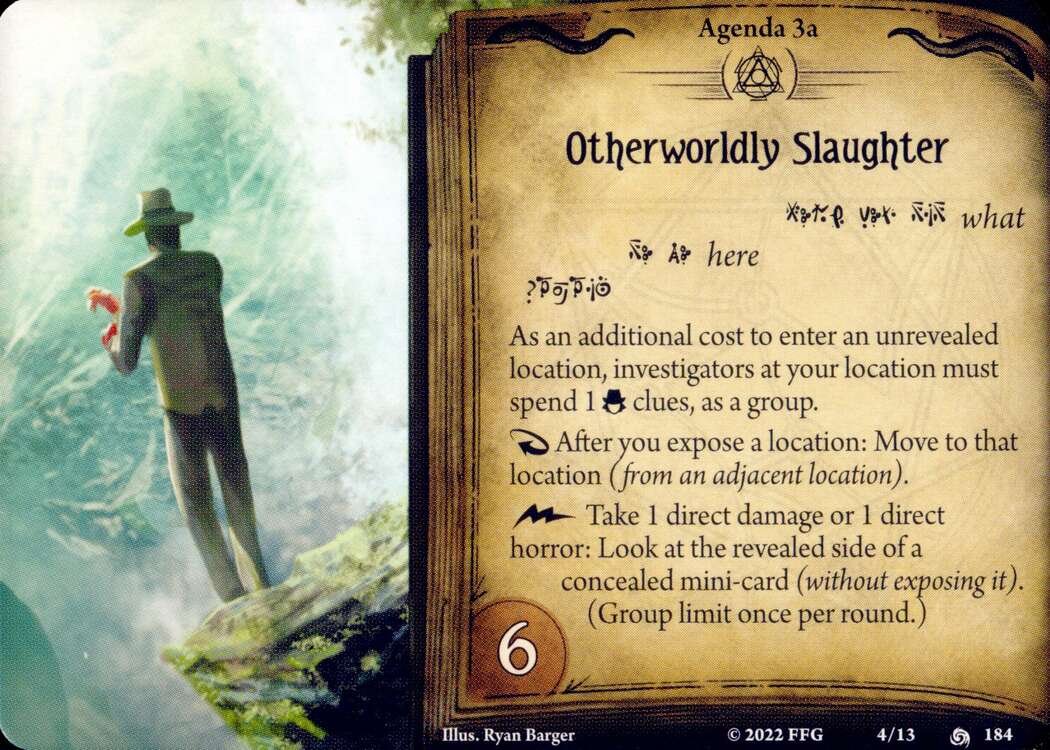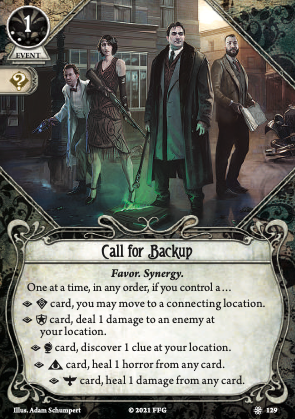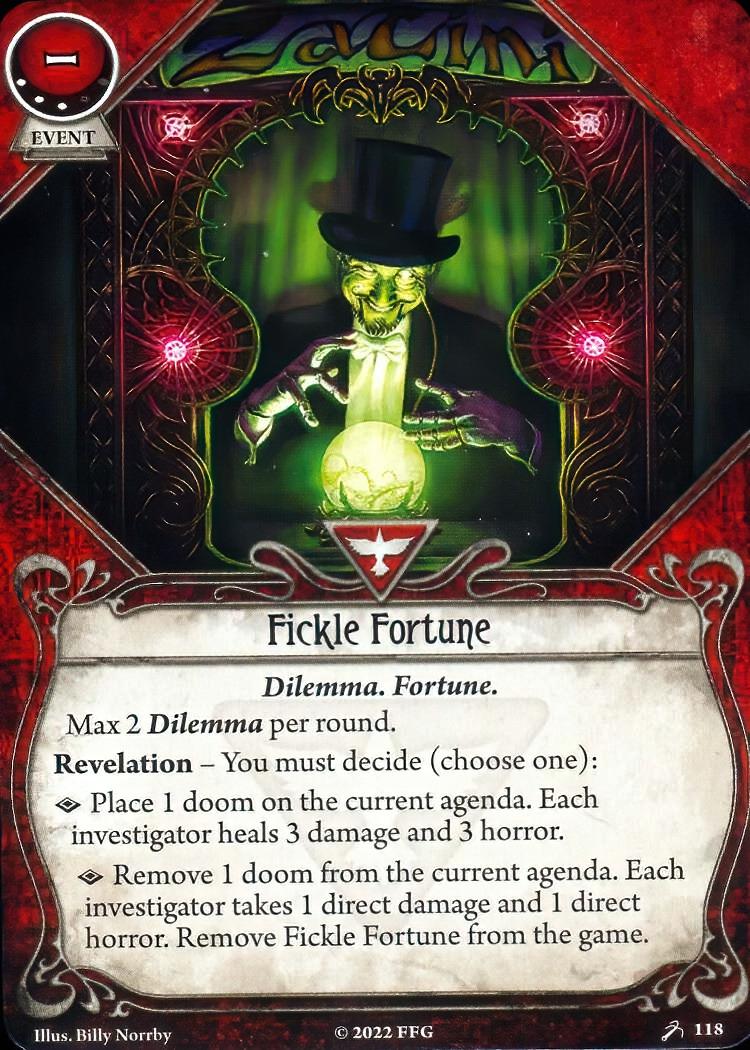
From a theoretical perspective, this card is underwhelming and possibly overrated.
Counting 1 resource as 1 action, the first usage of scrying costs 3 actions, resp. a full turn. On that basis, let's evaluate what you get for that.
1) Use against encounter deck.
You get a slight chance of postponing something unfortunate, or possibly get a slightly smoother transition through the encounter deck.
Depending on the size and content of the encounter deck, there is a good to great chance that this card does nothing. If you hit a threatening encounter card, it'll just be delayed.
If you hit something that makes you feel smart (i.e. putting Obscuring Fog on top so that it lands on an empty location), there was a 33% chance that you would have drawn it in that order without playing Scrying in the first place.
All in all, there is a non-zero chance that this card does nothing.
Also consider this: you are investing at least the equivalent of 3 actions. While I can't estimate it precisely, I wager that I can handle a good chunk of the encounter deck for fewer actions than that.
2) Use against the player deck.
I believe this is simple. The first usage costs an equivalent of 3 actions. The player you use it on might as well have drawn 3 cards.
While consecutive uses get cheaper (as the upfront invest of 1 resource and 1 action to play have been paid), there is also the hidden cost of adding this card (with poor skill symbols) to the deck in the first place.
In the end, you are given a basic choice:
1) Draw the best card out of the top 3 cards for 2 actions.
2) Draw a random 1 of 3 card for 1 action.
From an action economy perspective, you are almost always favouring option 2).
In the end, action economy is the bane of Scrying. The feel good moments it creates obfuscate its inefficiency. An example:
You scry top 3 and Paranoia shows up. You send it to the bottom of the 3 stack and spend your next 2 turns dumping resources, essentially countering your basic weakness. What a great effect!
Again: You spent 33% of your turn (and a measurable fraction of the entire allotted time!) doing that, for a slight chance (depending on how deep you are into your deck) of pulling this trick off. Furthermore, you must discount the odds of drawing Paranoia while being out of resources anyway.
Theoretically, this card isn't great. Practically, it's always sitting in my hand, eventually getting used for a skill check.
Edit: There is a further hidden cost of blocking a spell slot for something essential, which again, makes this card even worse.




